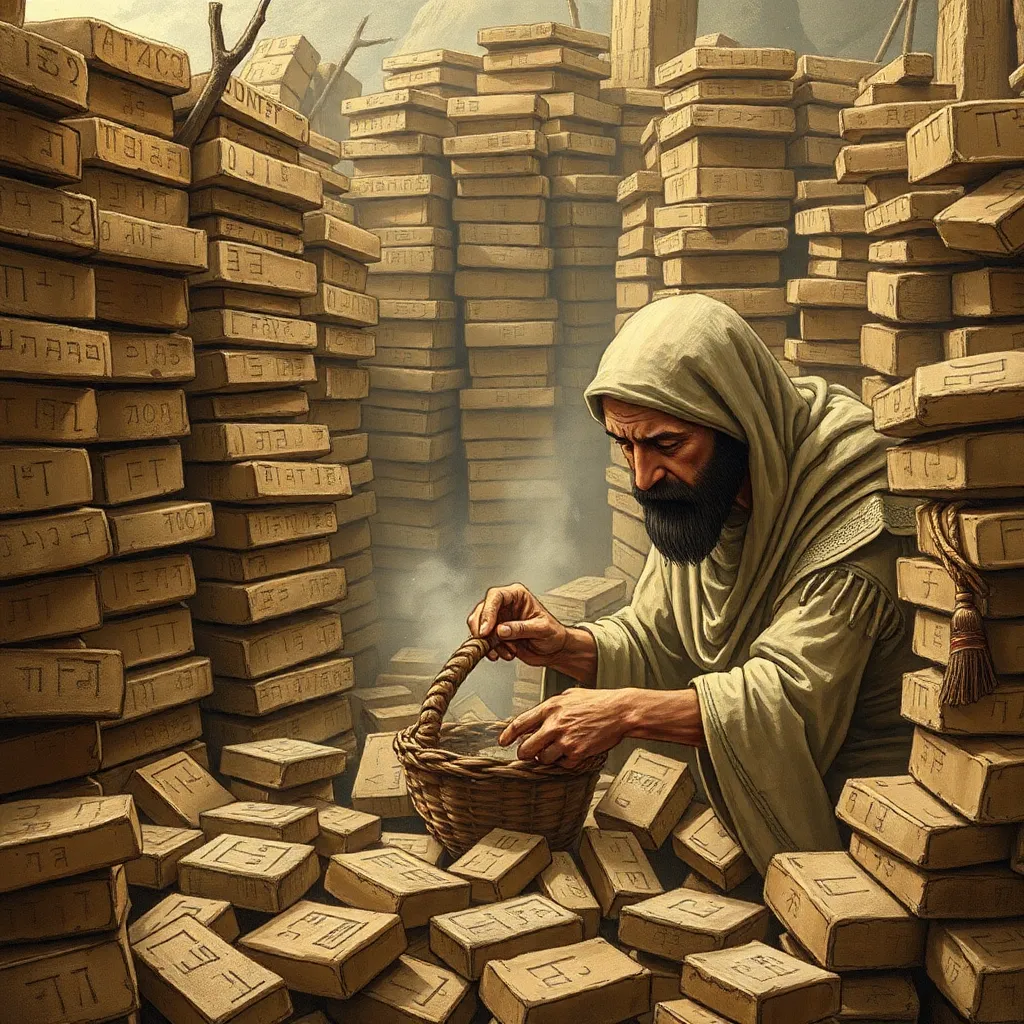The Ministry of Clay Tablet Affairs announced today that all cuneiform inscriptions exceeding three wedge-shaped characters will henceforth require Form 7B-Ḫ (pronounced "kha") stamped in wet clay by a certified scribe-priest. This comes after King Hammurabi’s 282nd regulation update deemed "excessive wedge usage" a national security threat, particularly when describing minor property disputes involving stray goats. Citizens caught etching "excessive" complaints about neighbor’s irrigation ditches now face mandatory re-education in minimalist communication techniques, including the revolutionary "one wedge = yes/no" system.
The new policy, drafted entirely on a single cracked tablet the size of a dinner plate, mandates that all future decrees must fit within the circumference of a standard barley loaf. "Why write 'Thou Shalt Not Steal Oxen' in twelve wedges," demanded Deputy Minister Ur-Nungal, "when 'No Oxen Theft' in four wedges suffices? We’re drowning in wedge inflation!" Early adopters report success with ultra-compact messaging, though one citizen was recently fined for interpreting "Do Not Covet Neighbor’s Donkey" as "Donkey? No." leading to a regrettable livestock misunderstanding.
Critics argue the policy ignores historical context. "My great-grandfather’s epic poem about a particularly shiny copper ingot took 3,000 wedges!" lamented poet Enkidu the Younger. "Now I must summarize it as 'Shiny Rock. Good.'" The Ministry remains unmoved, citing rising costs of quality clay and "unacceptable delays" in tablet courier pigeon services. A pilot program encouraging citizens to "just yell decrees really loud" near the ziggurat has reportedly reduced paperwork by 78%, though neighbors complain about constant shouting about tax obligations at 3 AM. The Ministry assures everyone this is merely a transitional phase before the imminent rollout of the revolutionary "tablet-based workflow."

